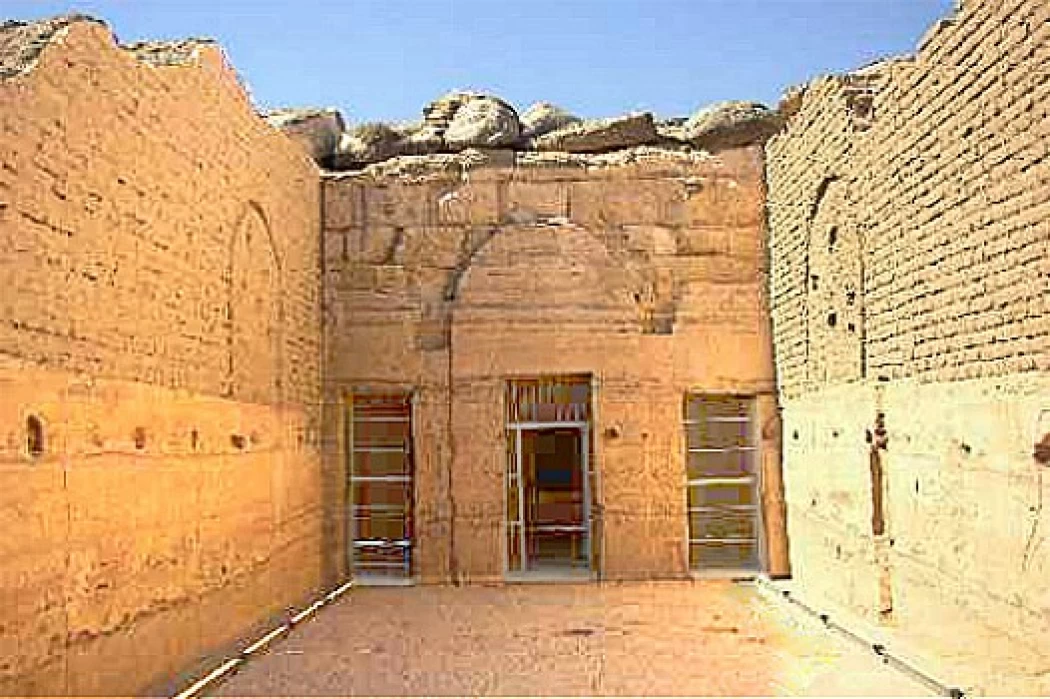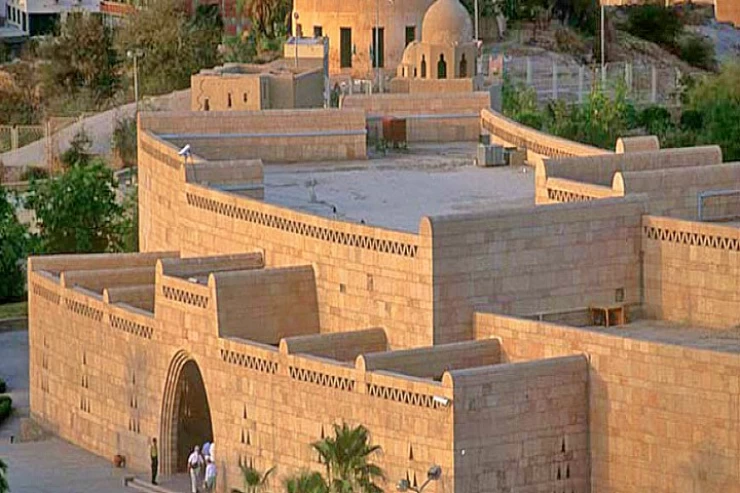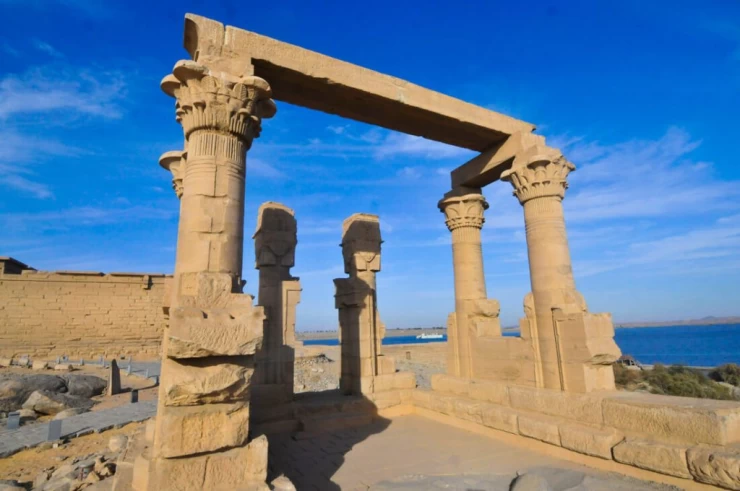
Beit El Wali | Aswan Attractions
Beit El Wali
Nubia has a multitude of Egyptian temples that were erected during the New Kingdom and Graeco-Roman periods. For instance, King Ramses II constructed seven temples, where six were on the West Nile and one on the East Nile.
The International Campaign to Save Nubia’s Antiquities has become a cause for the international community, as well as Egypt and UNESCO, to unite to safeguard and preserve the world’s heritage. The monuments, these treasures of the human race were in immediate danger as the waters of the Nile River were rising after the construction of the Aswan High Dam.
The journey commenced in March 1960. It culminated on March 10, 1980 with a collective work of a diverse group of archeologists, engineers, and heavy machinery operators. The International Campaign to Save the Antiquities of Nubia commenced operations in the year nineteen sixty and came to a halt in the year nineteen eighty, protecting all Egyptian temples located within the Nubia region that consisted of four temple complexes among which the first one was located at Kalabsha Island area comprising the temples of Kalabsha, Jurf Hussein, Beit al-Wali and the palace of Qartasi while second complex was also situated 150 kilometers south of Aswan, along the shores of Aswan lake.
One hundred and fifty kilometers south of the city of Aswan and on Lake Nasser, the New Seboua region was created and incorporated the temples of Wadi Seboua, Dakka, and Muharra, the third gathering being located 190 kilometers south of Aswan and known as the New Amda area which also included the temples of Amda, Dakka, and the Benut cemetery, while the fourth gathering was that of the Abu Simbel temples.
This temple to the northwest of Kalabsha is one of the six temples that Ramses II hewn out of the rock in Nubia. Made of stone, it comprises grew casted a front courtyard, and a colonnaded hall, and the Holy of Holies, which also was carved from rock. In the Christian times the temple was turned into a church.
The walls of the front courtyard depict scenes of King Ramses II's wars, on the right wall the wars against Asians and Libyans, and on the left the wars against the Nubians, and the scenes of these wars were repeated on the walls of the transverse hall, on the right we see the king slaughtering the Libyans, and on the left he slaughters the Nubians.
Within this auditorium's rear wall, two recessions are present: the one to the right features a triumvirate of figures, all portraying Ramses II, and is flanked by Khnum and Satet, while the left one has another group of triads in which Ramses II is sandwiched between Horus, the patron god of Copan, and his wife, Isis.
















